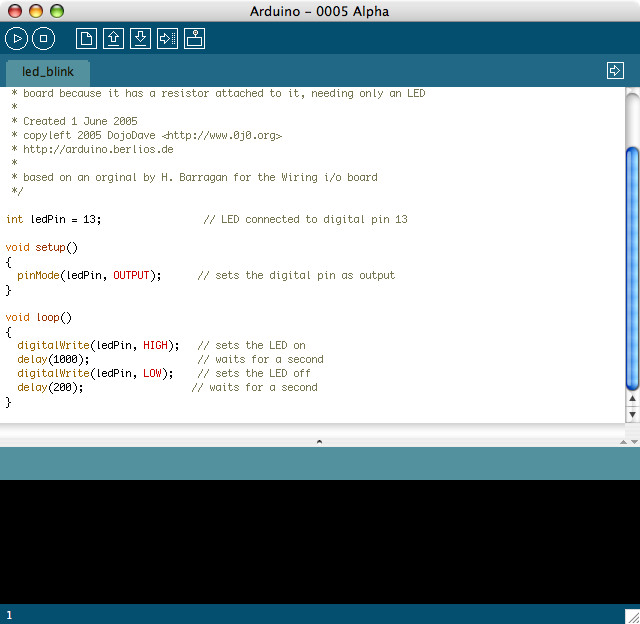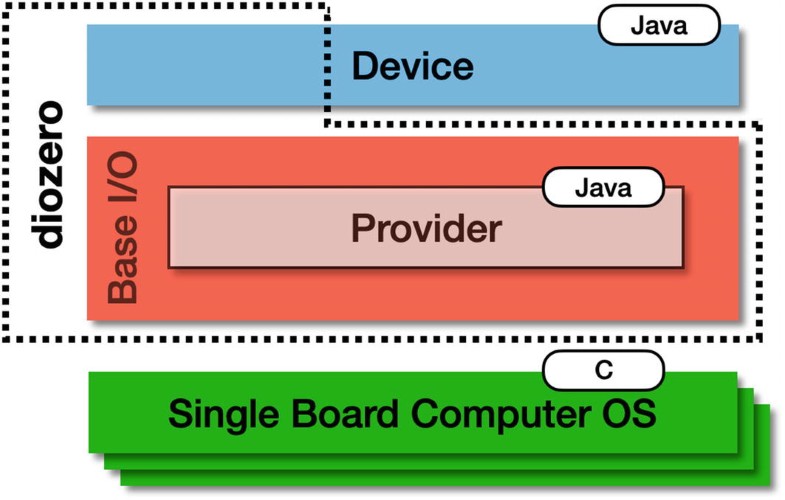

- #Java mac os example serial usb open source apk
- #Java mac os example serial usb open source portable
- #Java mac os example serial usb open source android
- #Java mac os example serial usb open source license
Rubin had difficulty attracting investors early on, and Android was facing eviction from its office space. The company then decided that the market for cameras was not large enough for its goals, and five months later it had diverted its efforts and was pitching Android as a handset operating system that would rival Symbian and Microsoft Windows Mobile. The early intentions of the company were to develop an advanced operating system for digital cameras, and this was the basis of its pitch to investors in April 2004. Rubin described the Android project as having "tremendous potential in developing smarter mobile devices that are more aware of its owner's location and preferences". was founded in Palo Alto, California, in October 2003 by Andy Rubin, Rich Miner, Nick Sears, and Chris White. 8.2 Anti-competitive challenges in EuropeĪndroid Inc.

5.5 Google Play Services and vendor changes.5.1.1 Scope of surveillance by public institutions.Android 12, released on October 4, 2021, is the latest version. As of May 2021, it has over three billion monthly active users, the largest installed base of any operating system, and as of January 2021, the Google Play Store features over 3 million apps.

#Java mac os example serial usb open source apk
Software packages on Android, which use the APK format, are generally distributed through proprietary application stores like Google Play Store, Amazon Appstore (including for Windows 11), Samsung Galaxy Store, Huawei AppGallery, Cafe Bazaar, and GetJar, or open source platforms like Aptoide or F-Droid.Īndroid has been the best-selling OS worldwide on smartphones since 2011 and on tablets since 2013. Some well known derivatives include Android TV for televisions and Wear OS for wearables, both developed by Google.
#Java mac os example serial usb open source portable
The source code has been used to develop variants of Android on a range of other electronics, such as game consoles, digital cameras, portable media players, PCs, each with a specialized user interface. However, the "Android" name and logo are trademarks of Google which imposes standards to restrict the use of Android branding by "uncertified" devices outside their ecosystem. Competing Android ecosystems and forks include Fire OS (developed by Amazon), HarmonyOS by Huawei or custom ROM such as LineageOS. Over 70 percent of Android smartphones run Google's ecosystem some with vendor-customized user interface and software suite, such as TouchWiz and later One UI by Samsung, and HTC Sense.

Most Android devices ship with additional proprietary software pre-installed, most notably Google Mobile Services (GMS) which includes core apps such as Google Chrome, the digital distribution platform Google Play, and associated Google Play Services development platform. When Android is installed on devices, ability to modify the otherwise FOSS software is usually restricted, either by not providing the corresponding source code or preventing reinstallation through technical measures, rendering the installed version proprietary. The Android Open Source Project (AOSP), which is free and open-source software (FOSS) primarily licensed under the Apache License. Most versions of Android are proprietary. It was unveiled in November 2007, with the first commercial Android device, the HTC Dream, being launched in September 2008. Android is developed by a consortium of developers known as the Open Handset Alliance and commercially sponsored by Google.
#Java mac os example serial usb open source license


 0 kommentar(er)
0 kommentar(er)
